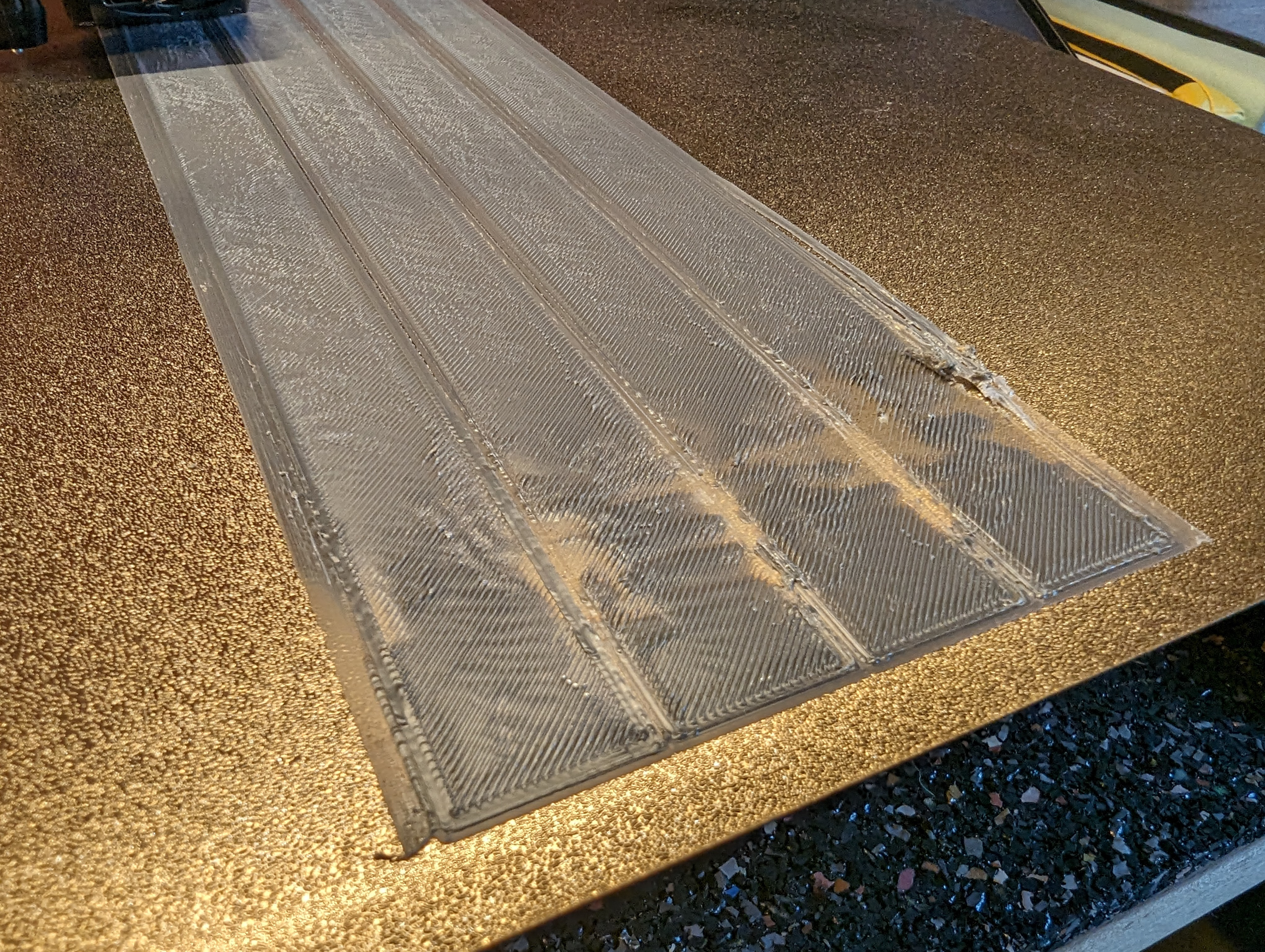ABL doesn't automatically measure the right distance to your bed. It has no idea where your nozzle is. Your nozzle is somewhere between the sensor and the bed, but the sensor doesn't know. You have to calibrate that. If your nozzle changes (swapped, comes loose) or your bed changes (moved, replaced, damaged) then you recalibrate.
There should be an option to micro step your Z. I have a Sovol SV06+. I run the ABL routine, then print a 1 layer square. If that's too close or too far, I adjust. My options are 0.05mm and 0.01mm steps. Adjust, reprint. Adjust reprint. See the images here, for what it should look like. https://help.prusa3d.com/article/first-layer-calibration-i3_112364
